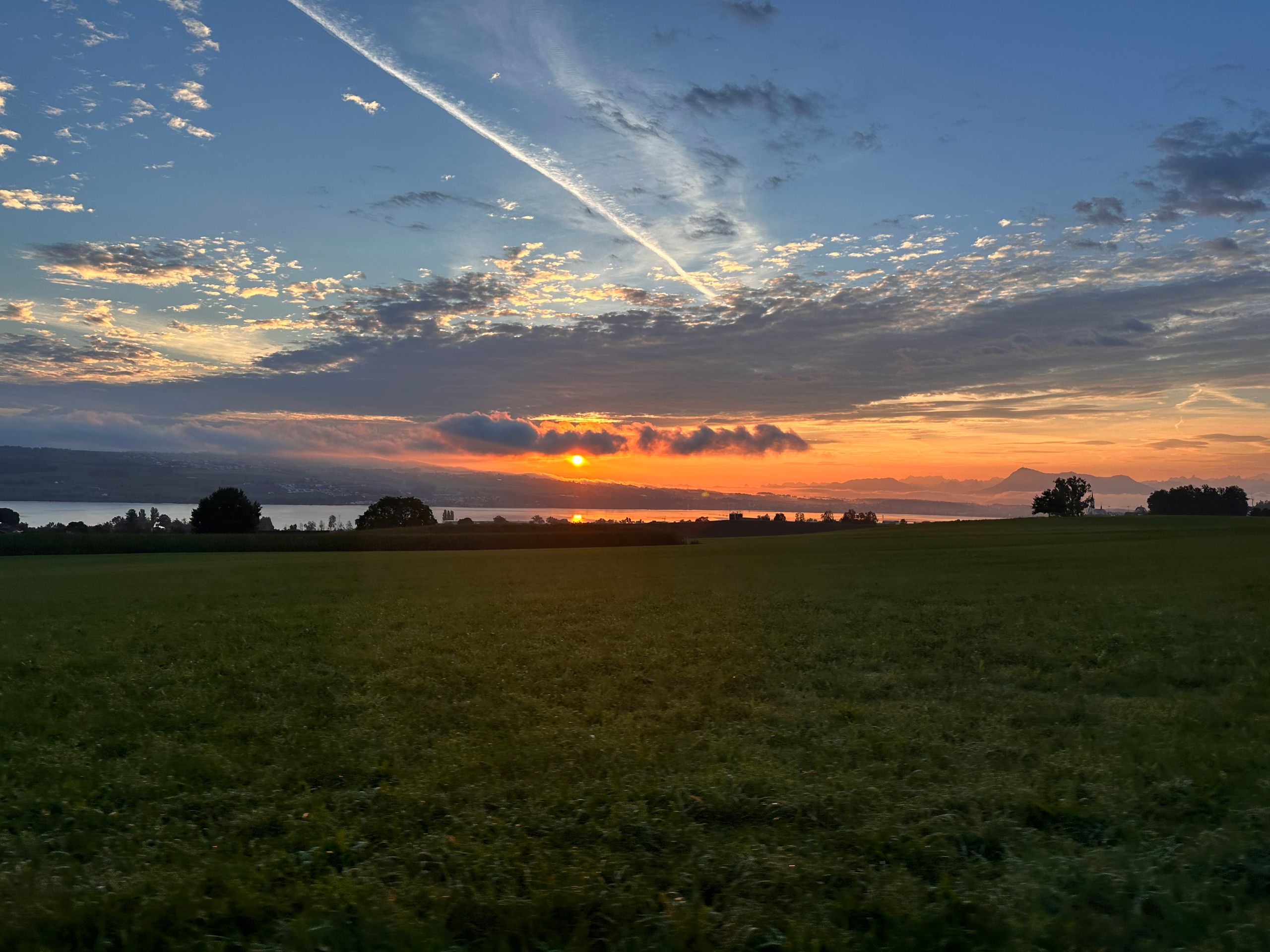Peratallada and La Bisbal d'Empordà
Chop etilgan: 30.10.2024
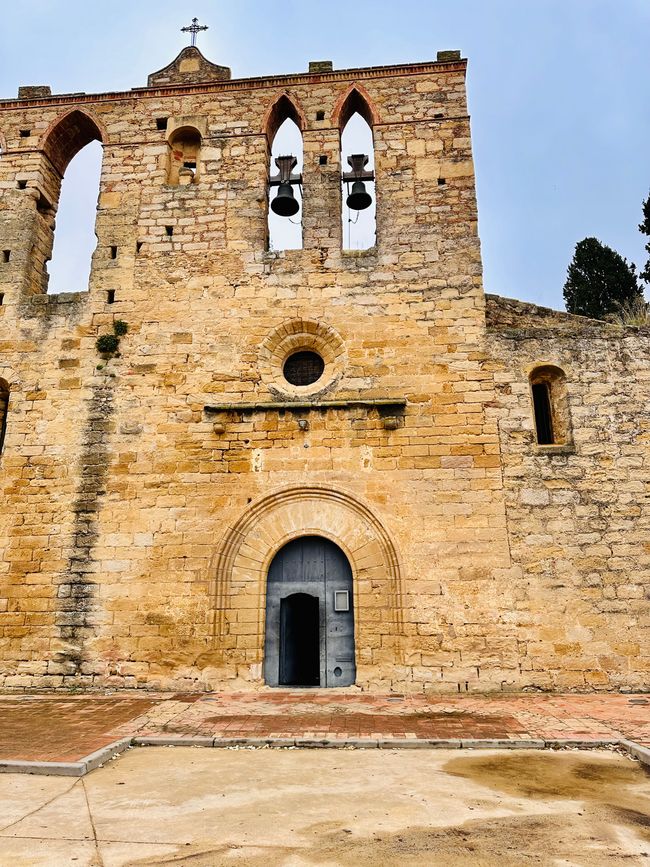
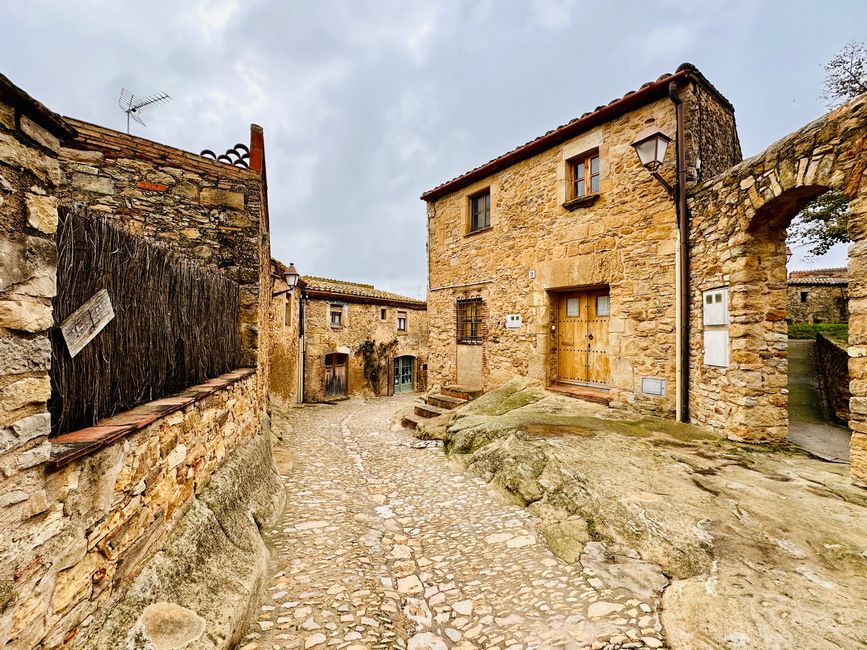
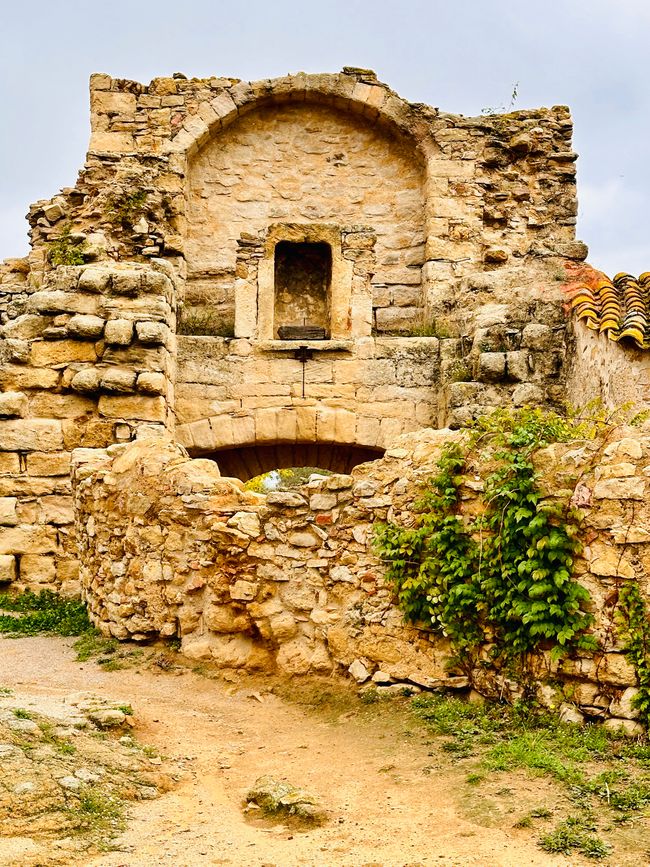
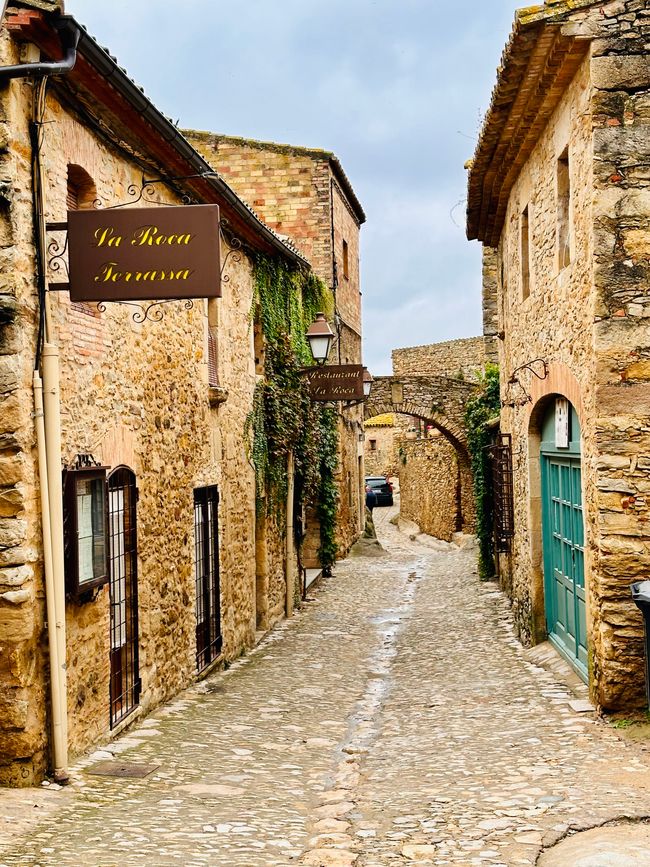
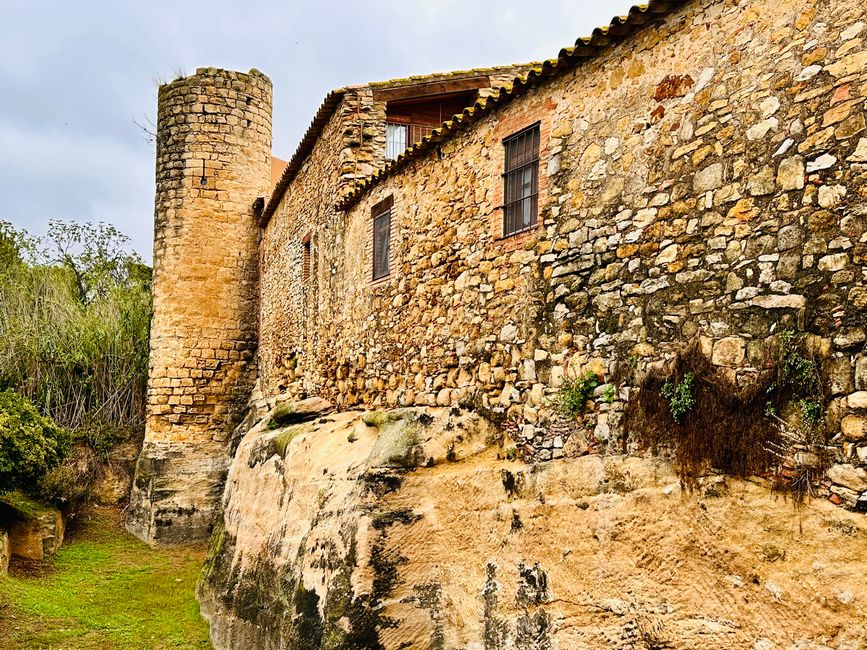
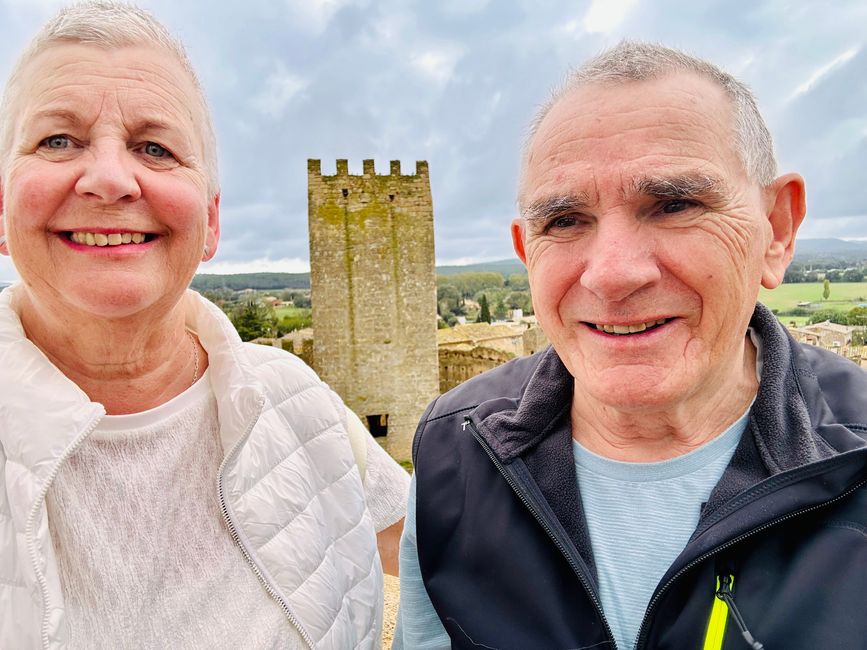
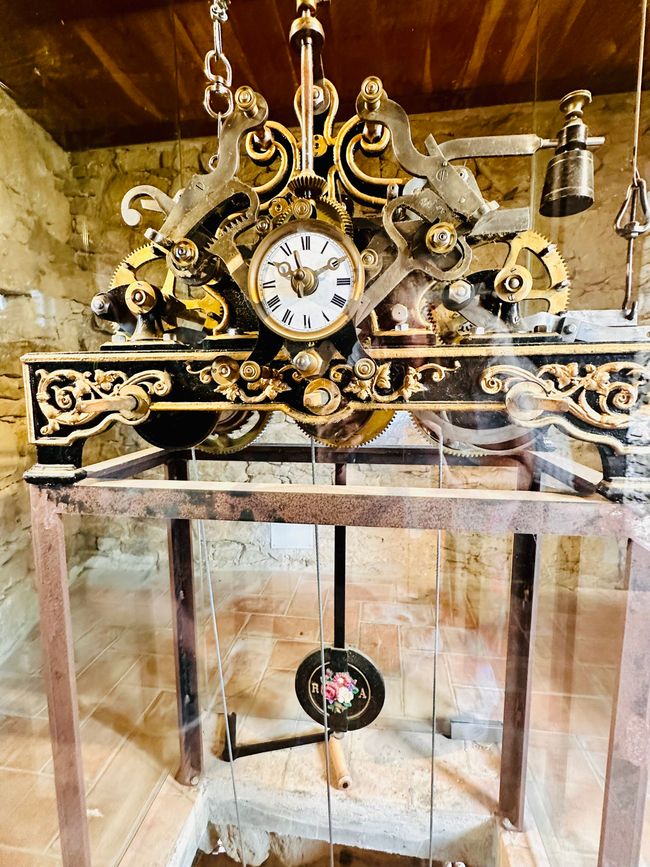
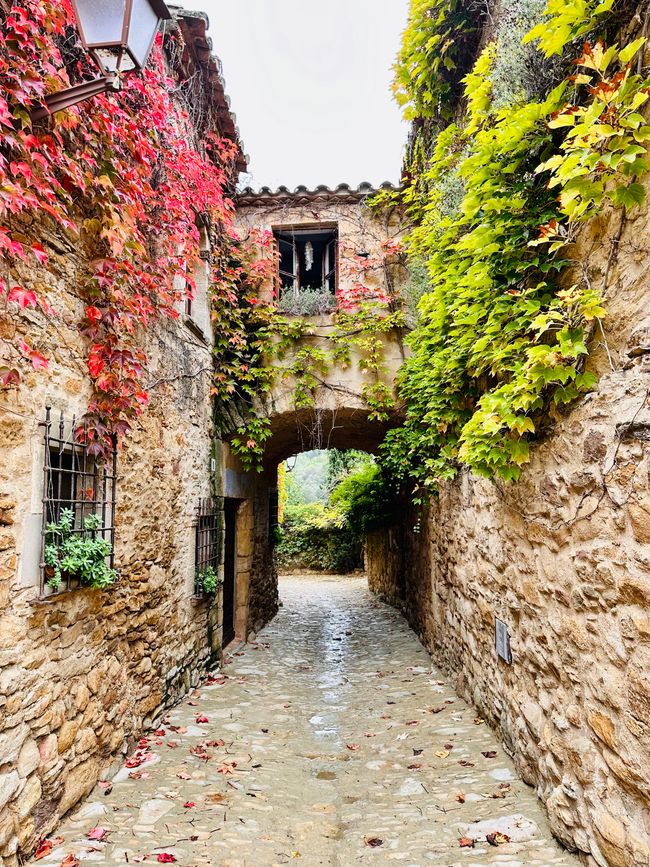

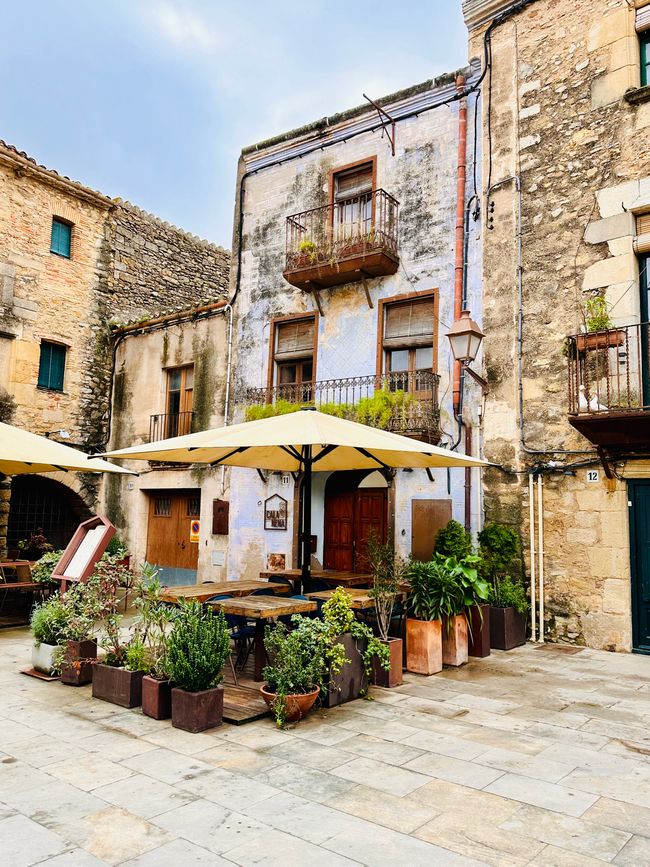
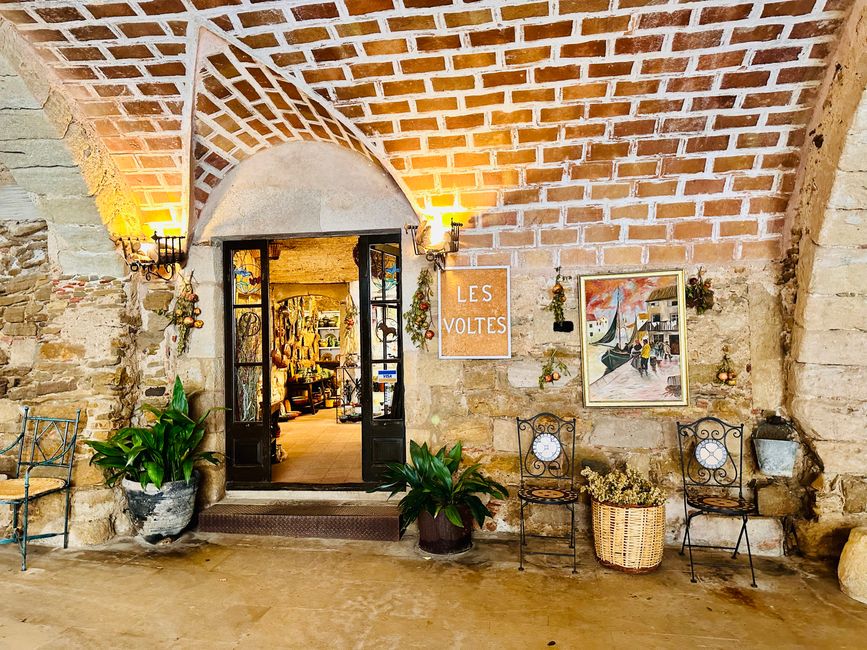
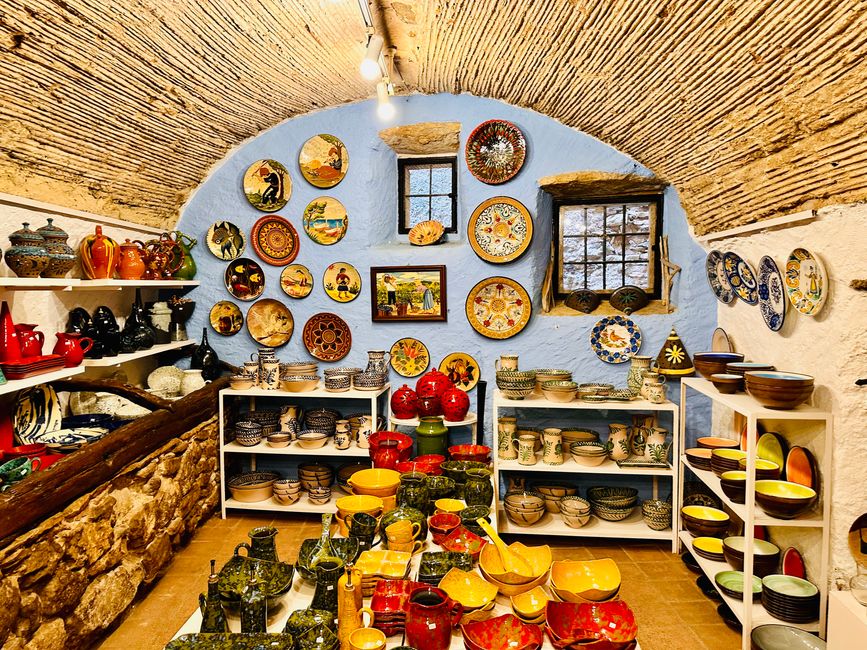
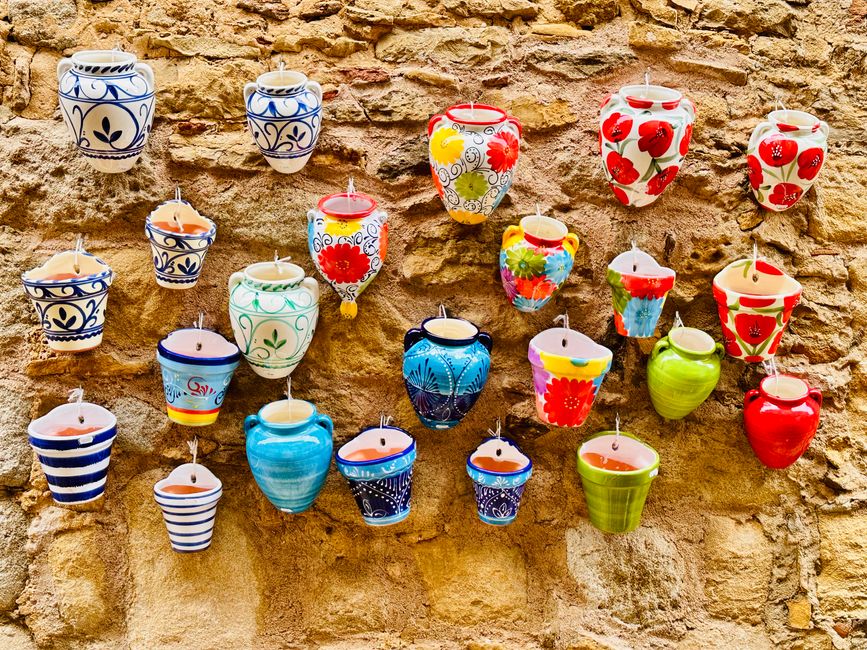
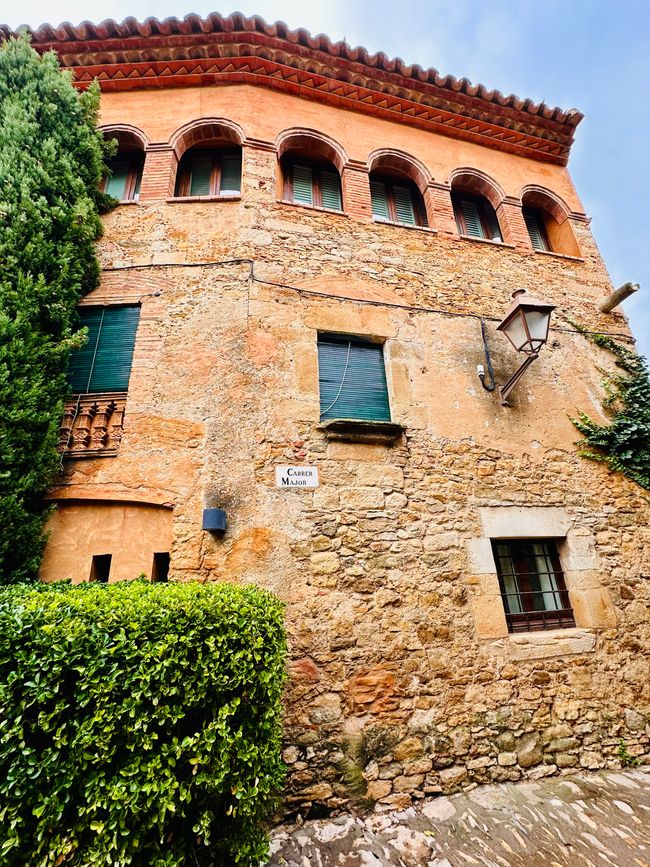
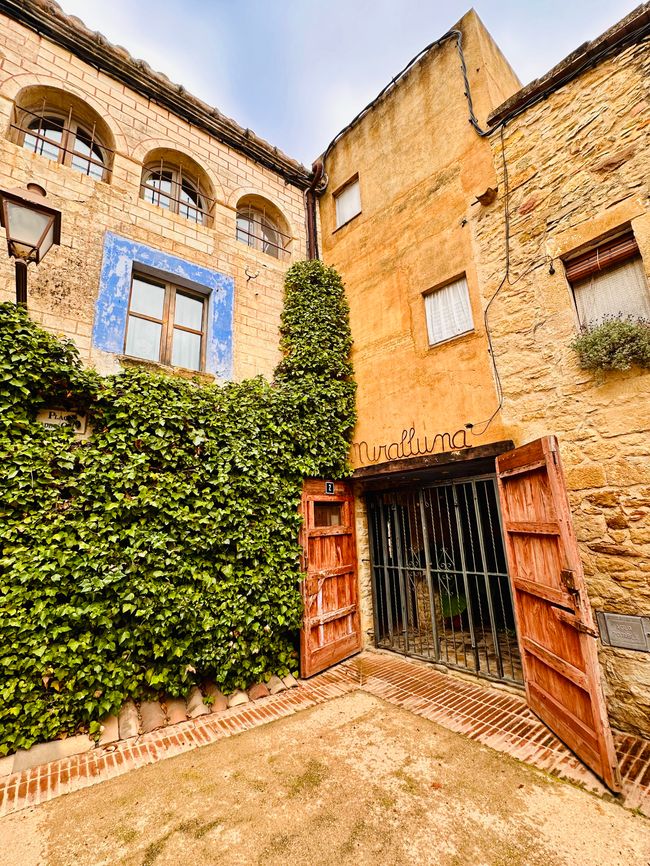
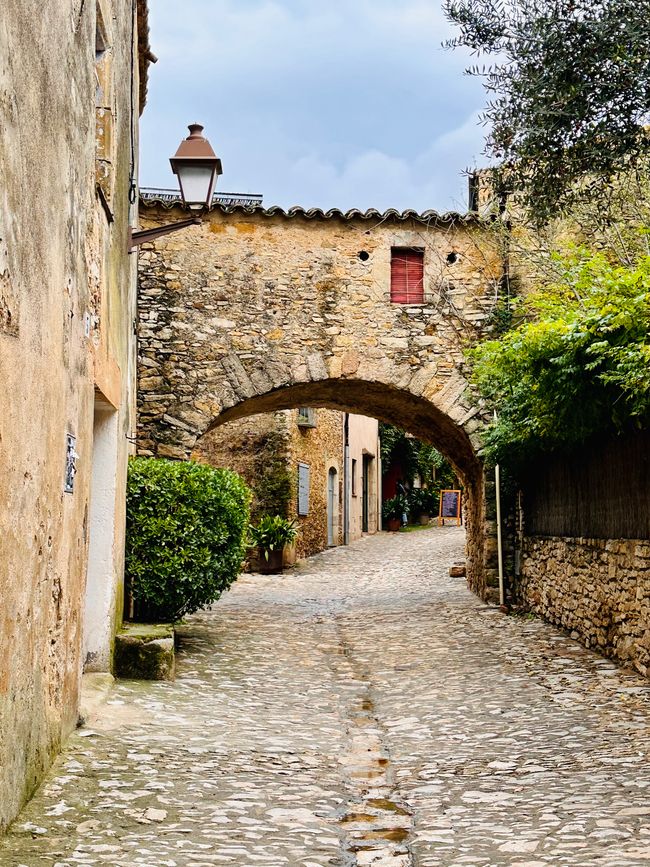
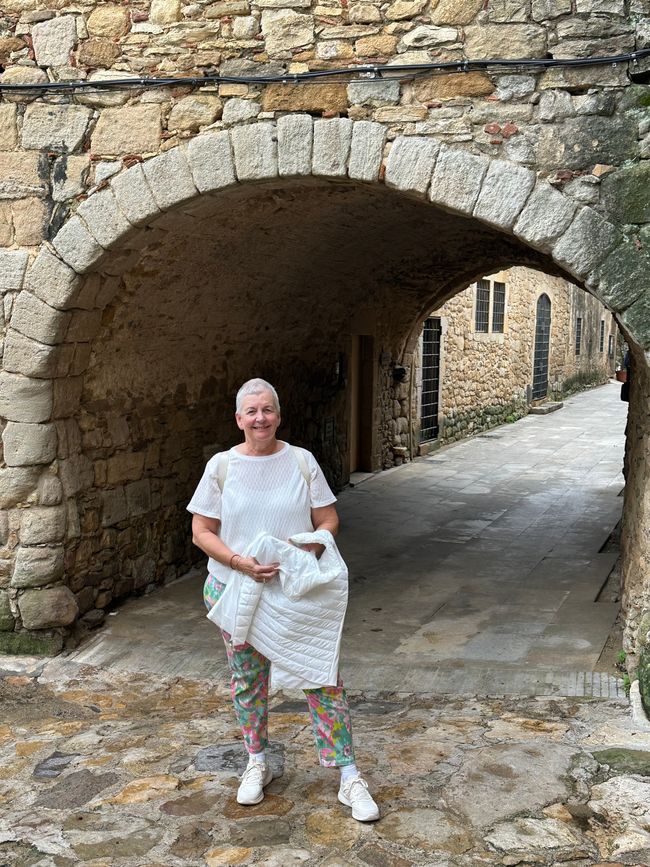

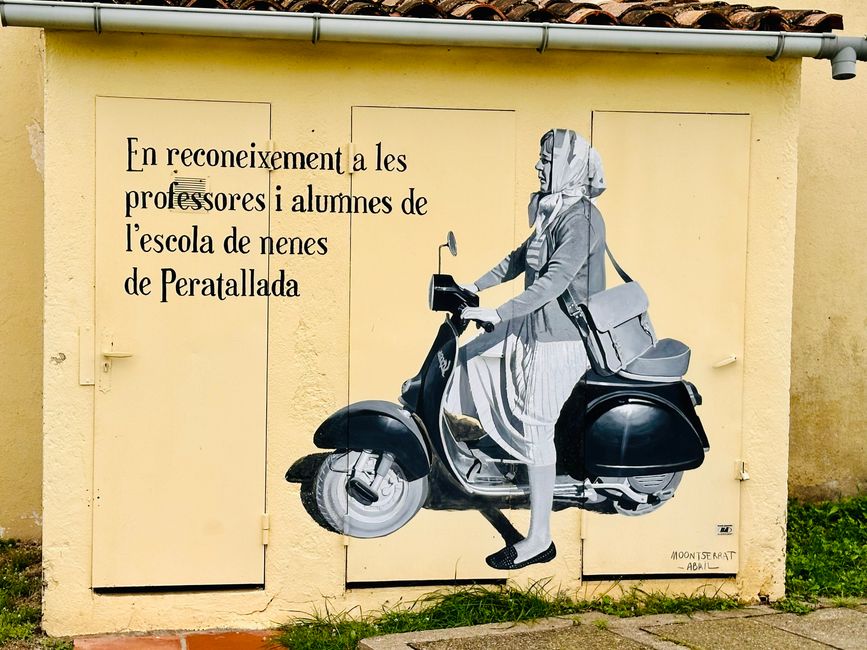
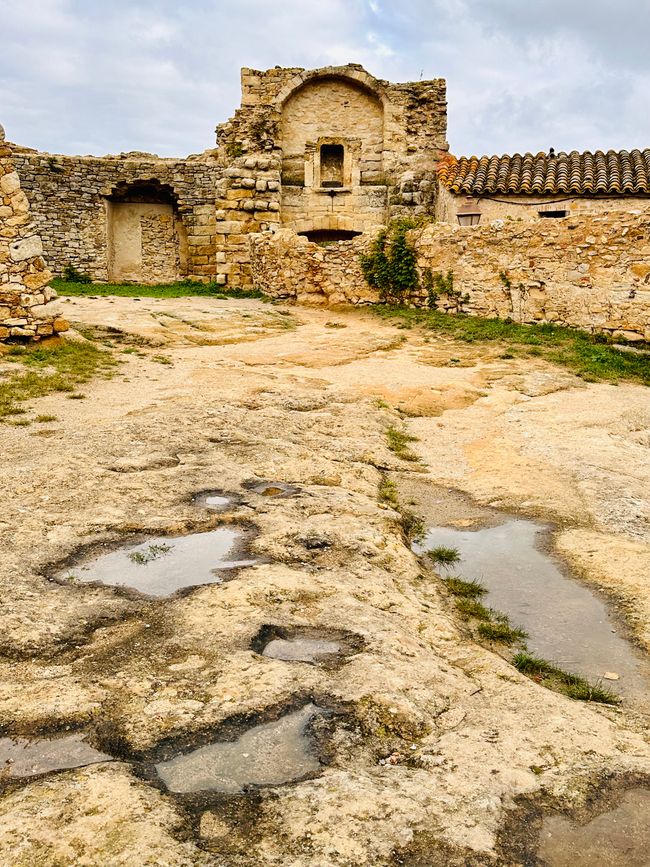


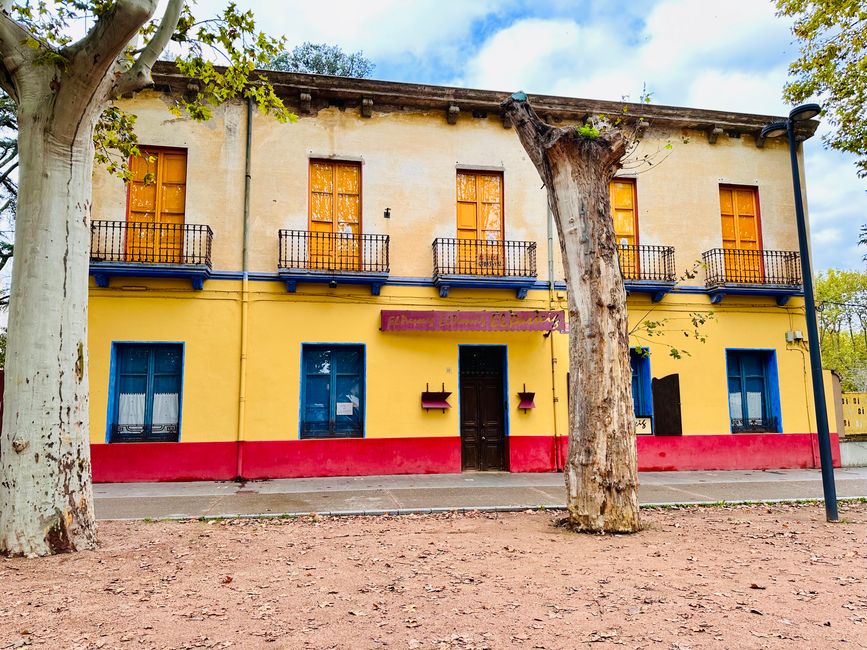

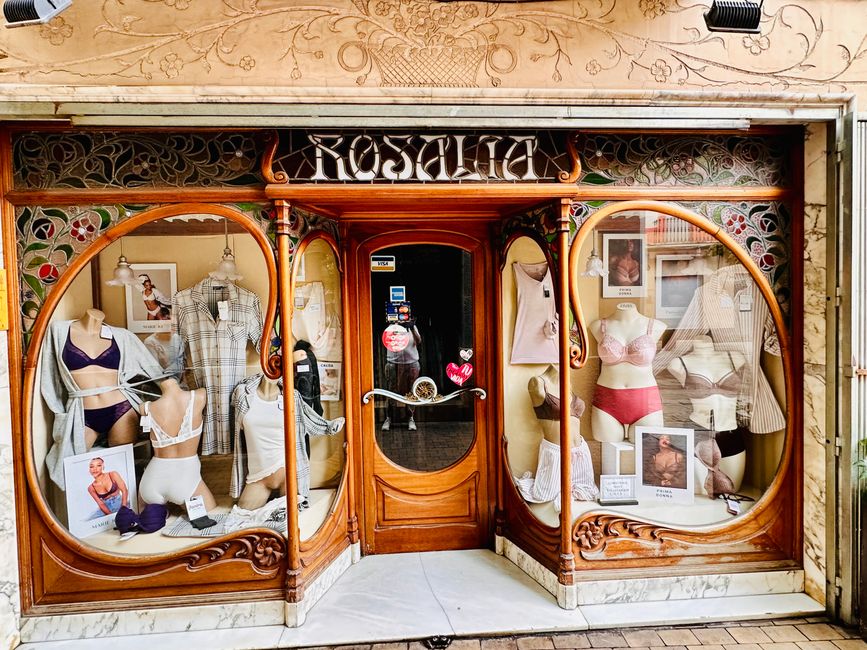
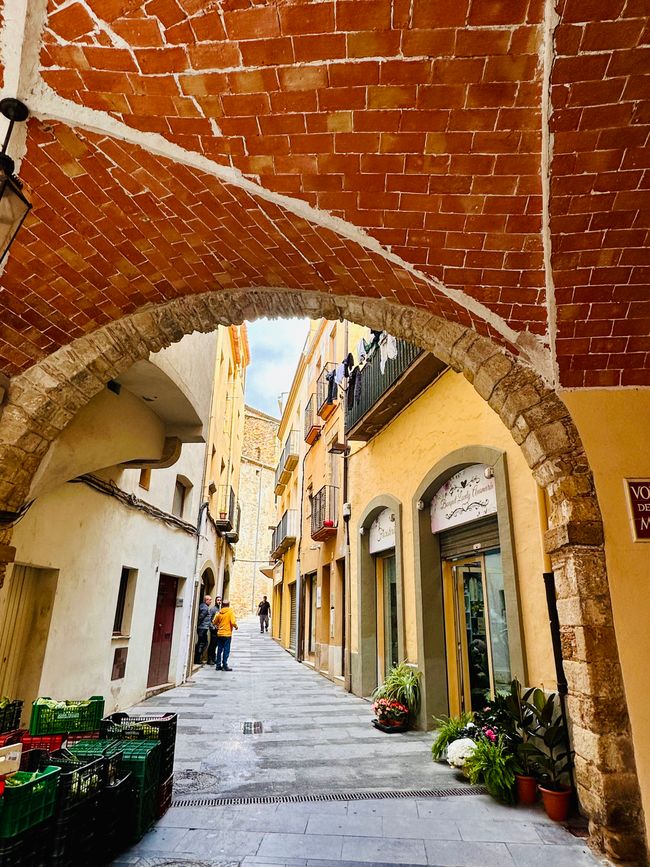
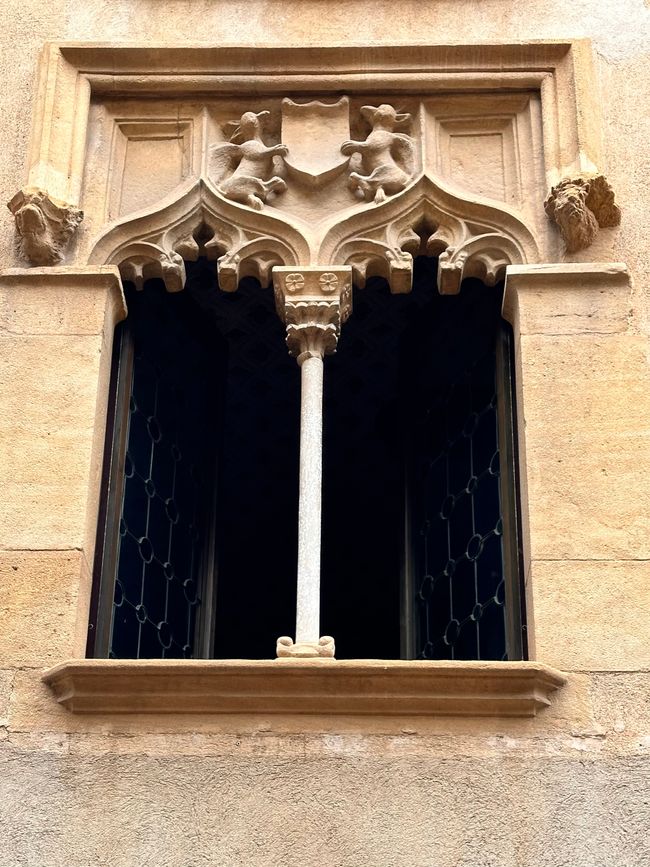
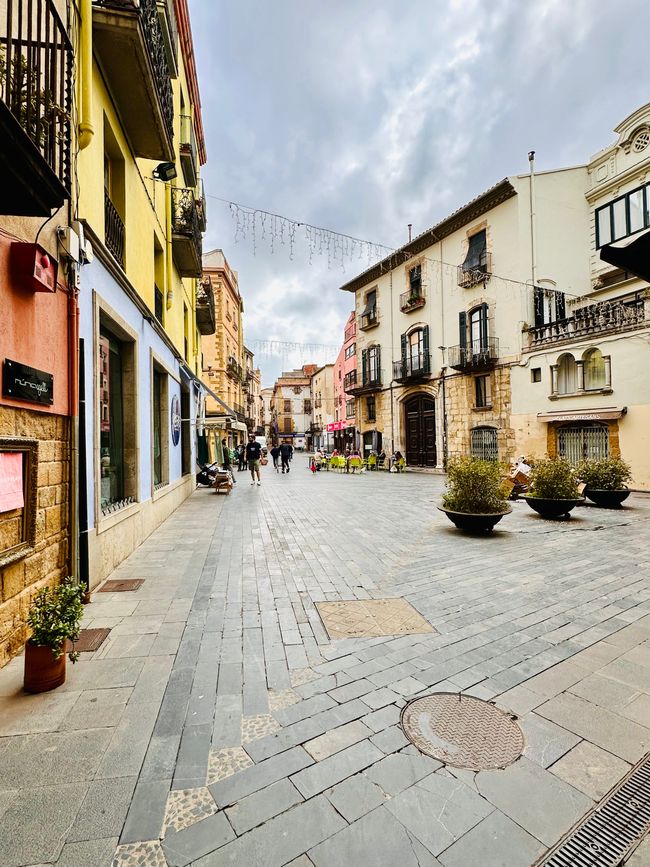
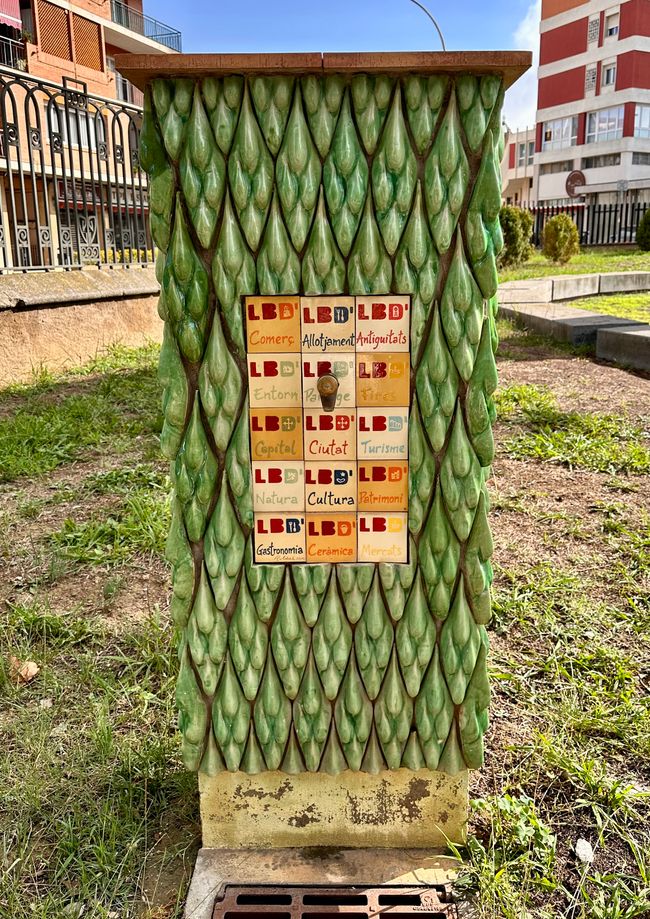
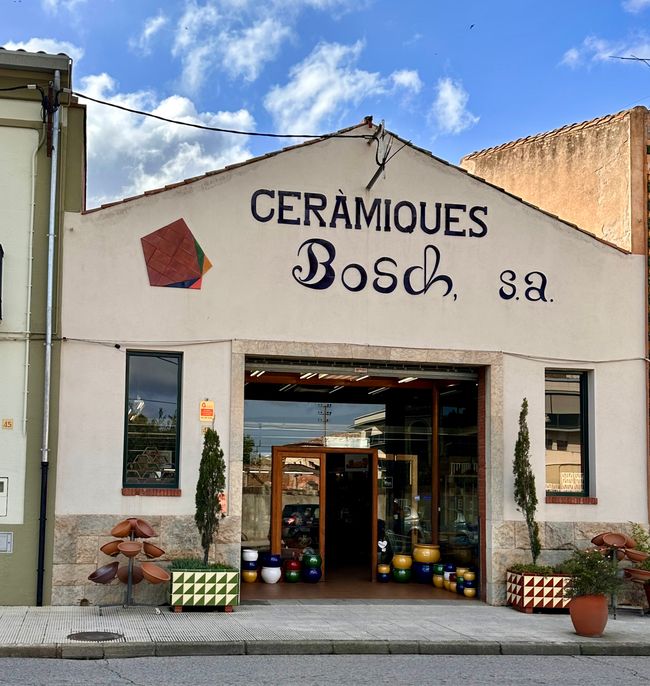
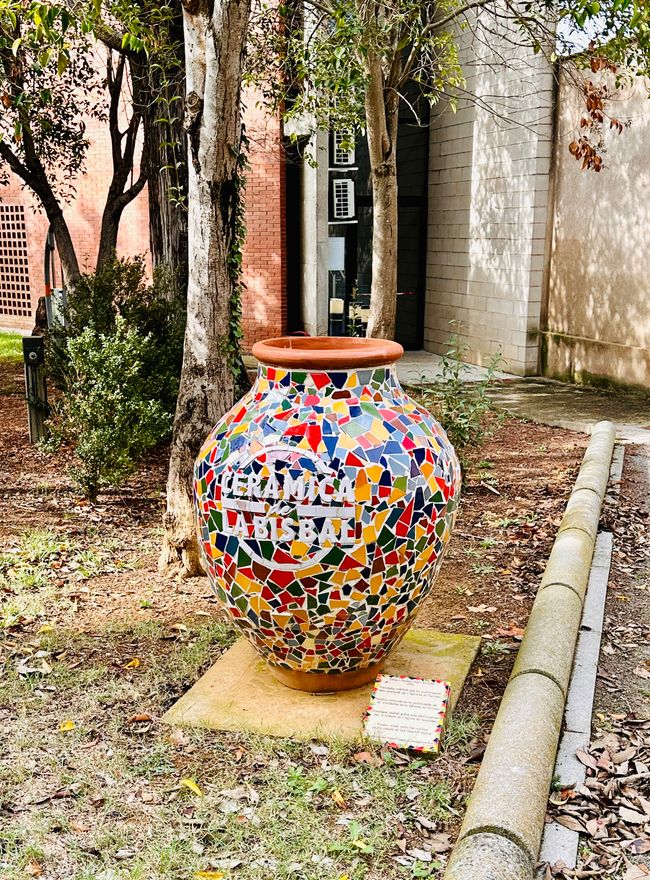
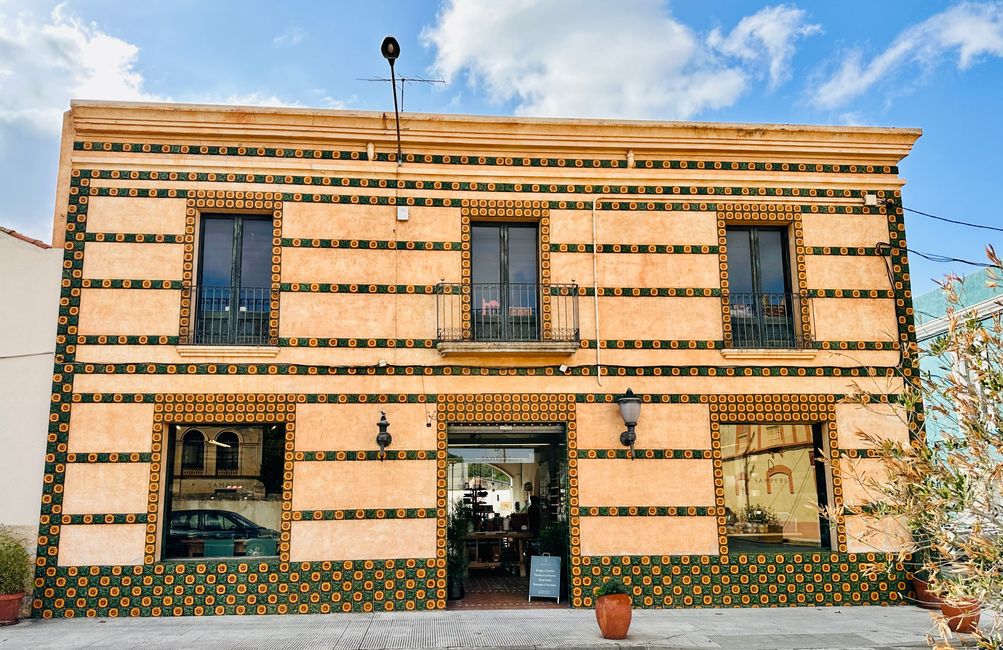

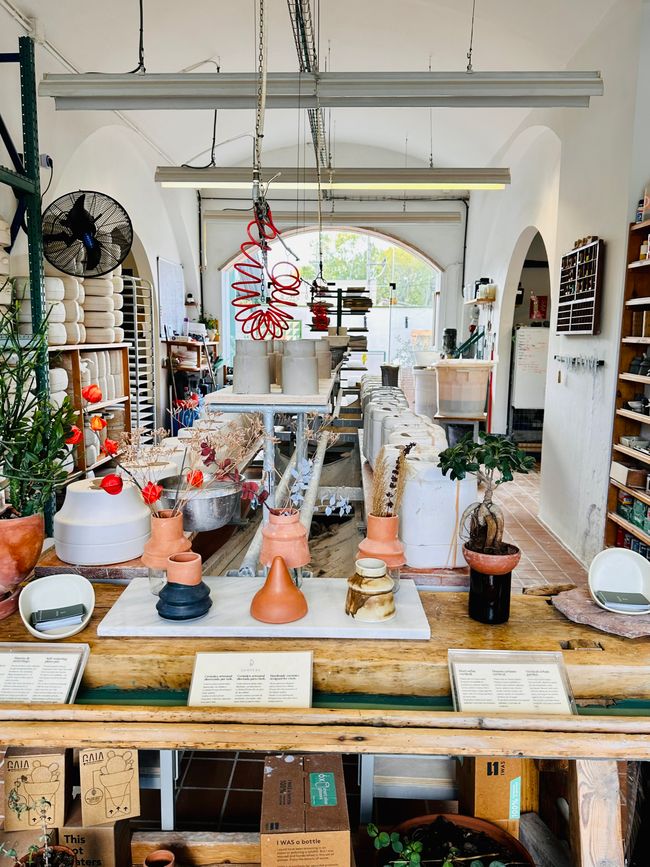
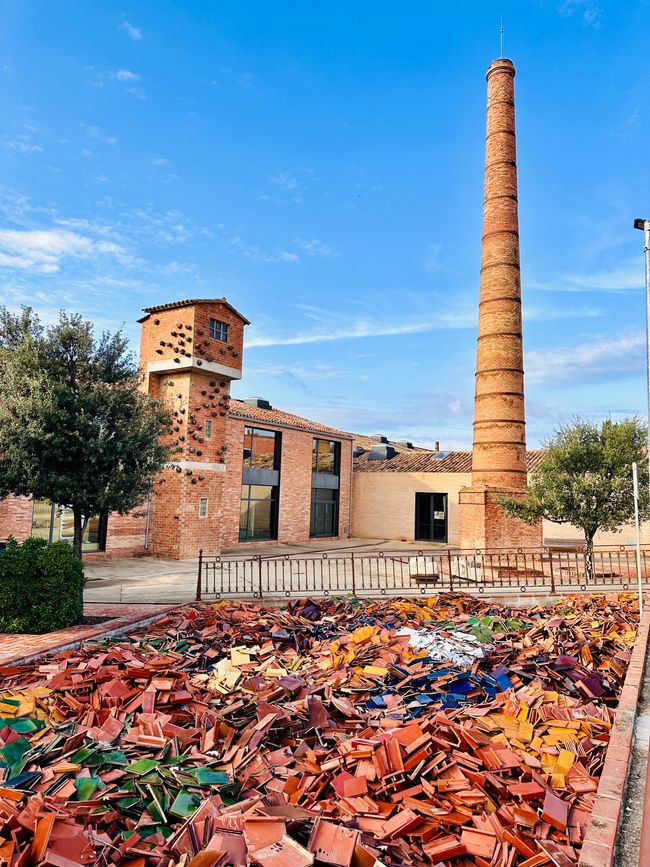
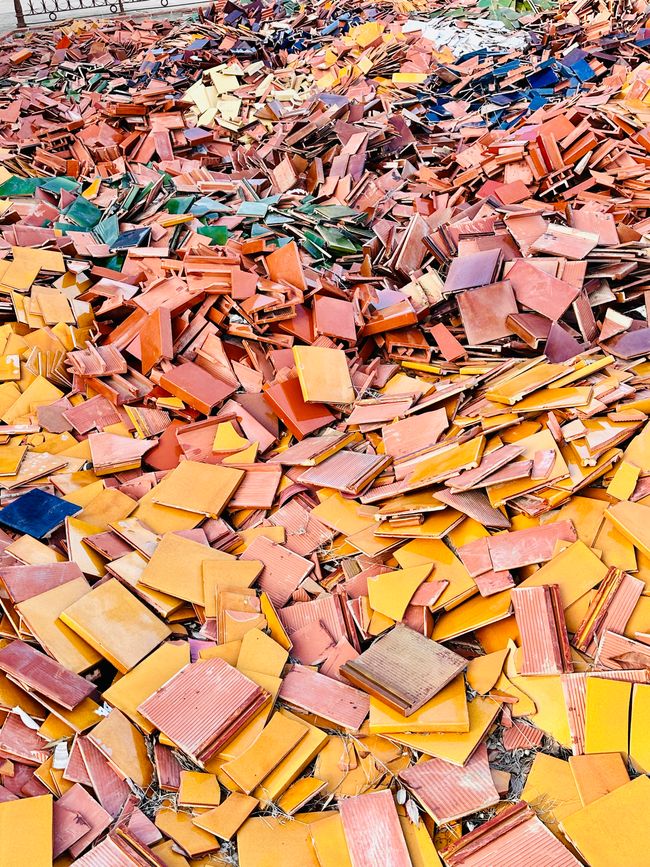
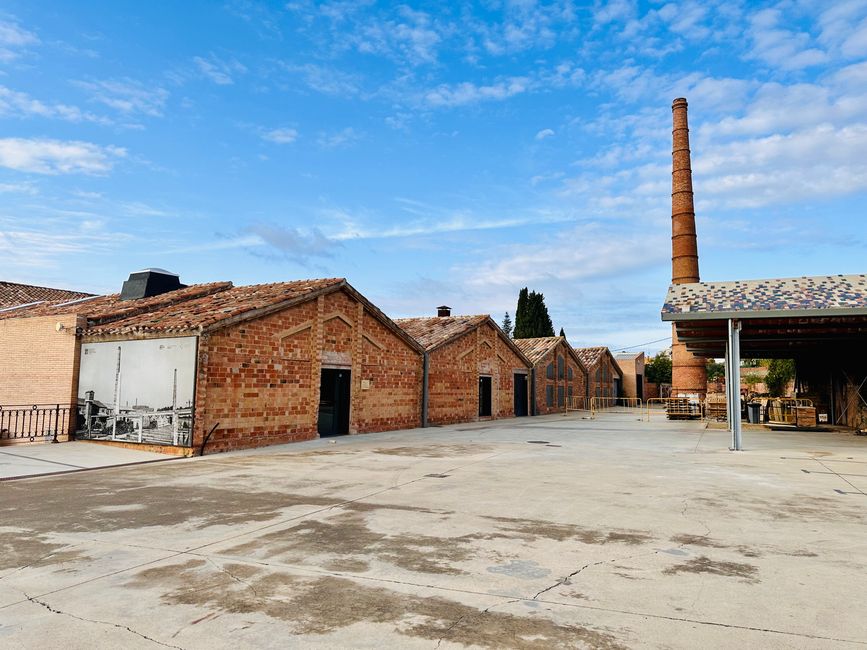
Axborot byulleteniga obuna bo'ling
Today the weather was friendlier again, which encouraged us to embark on another lovely trip.
After breakfast, we headed towards Peratallada.
Peratallada is a beautiful medieval village located in the Baix Empordà region in the province of Girona.
The name “Peratallada” means something like “carved stone” in Catalan and refers to the distinctive, rock-hewn walls and fortifications that surround the village. Its well-preserved medieval architecture is remarkable.
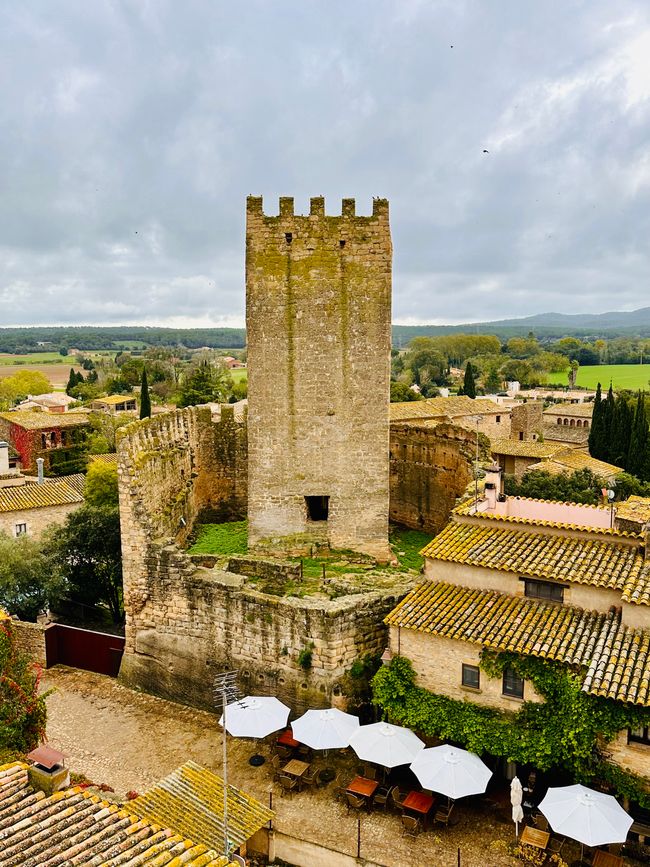
The castle of Peratallada (Castell de Peratallada) is the heart of the village and dates back to the 11th century. The impressive walls, the keep, and the drawbridge are still intact, recalling the medieval defensive structure.
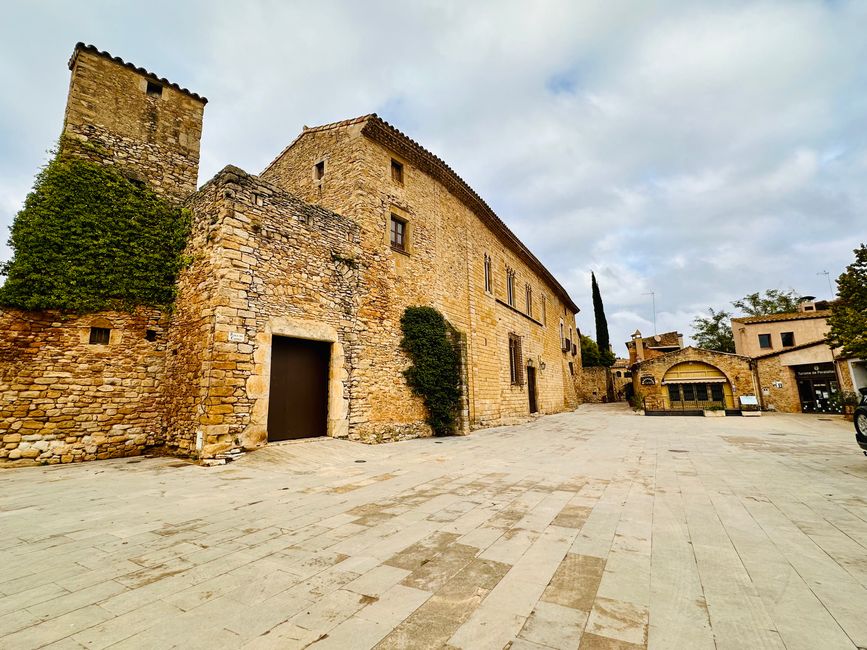
From the castle, there is a fantastic view over the surrounding landscape and the charming houses of the village.
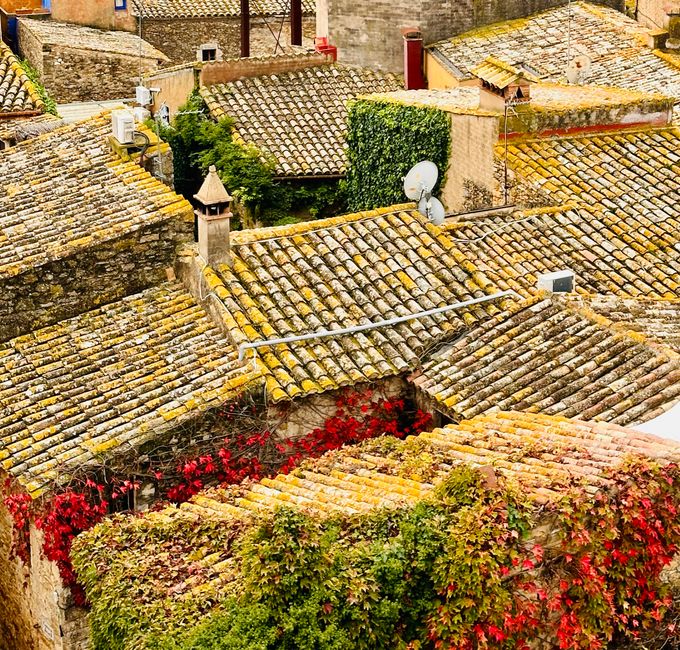
The central square (Plaça de les Voltes) of Peratallada is lined with stone arches and features numerous cafés and restaurants nestled within the historical setting. It’s a wonderful place to sit and enjoy the atmosphere, surrounded by medieval buildings and cobblestone streets.
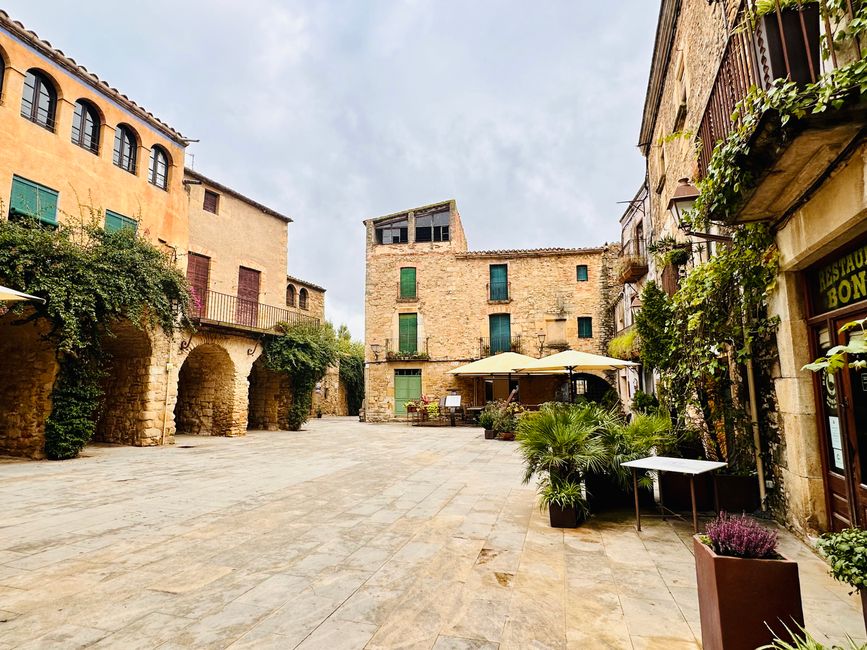

The Romanesque church Sant Esteve de Peratallada dates back to the 13th century and is another highlight. The simple architecture of the church, with its sturdy stone walls, contrasts with the ornate Gothic churches built in later centuries. The austere and peaceful interior provides a spiritual atmosphere. Unfortunately, access is currently not possible and the interior can only be viewed through a window.
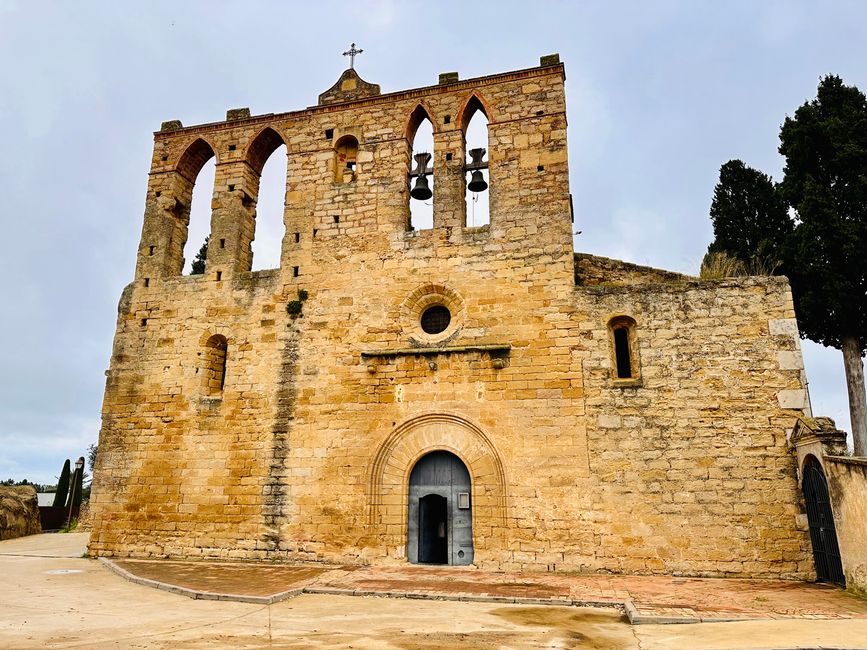
The walls of Peratallada, which are still partially intact, surround the village and were once used as a defensive structure. Particularly impressive is the deep moat, which was carved directly into the rock. As visitors, we can stroll along the walls and admire the old moat, which is still visible in many places.
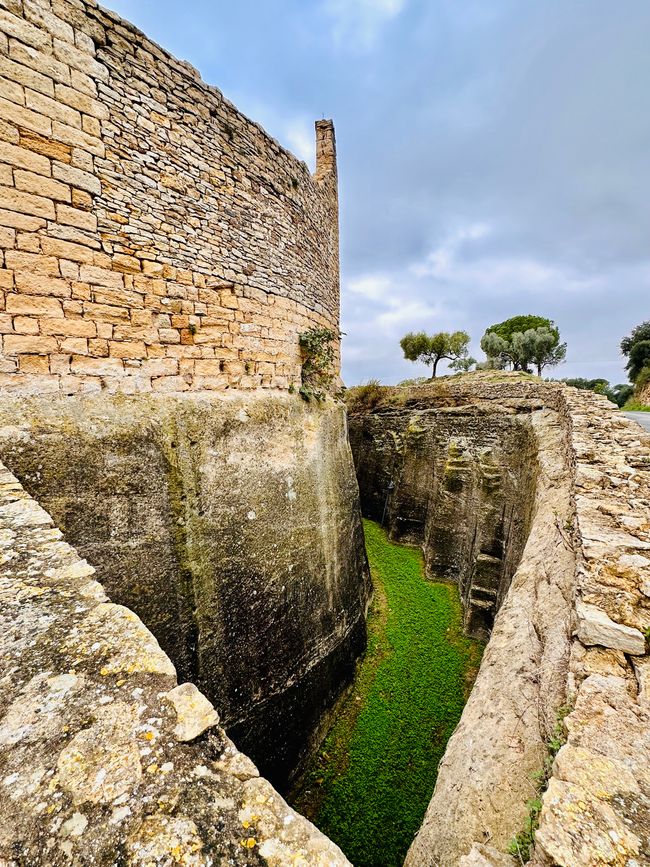
A walk through the narrow medieval streets of Peratallada feels like a journey back in time. Most streets are paved with cobblestones, and the buildings are made of rustic stone, often adorned with flowers. There are small boutiques, craft shops, and traditional restaurants. It’s the off-season, so not much is happening, and only a few shops and restaurants are still open.
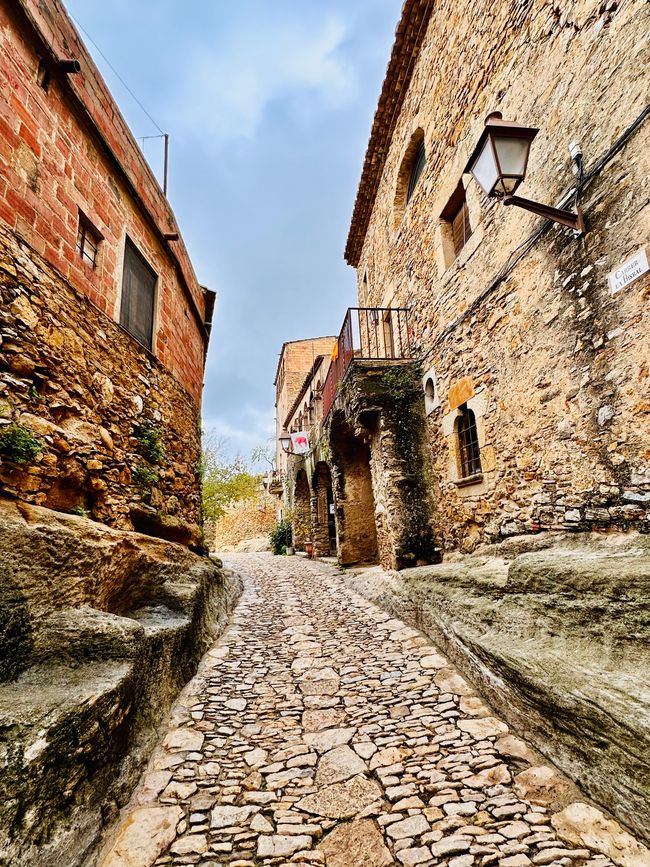
The Torre de las Horas (Clock Tower) is another remnant of the old fortress and offers a beautiful view over the village.
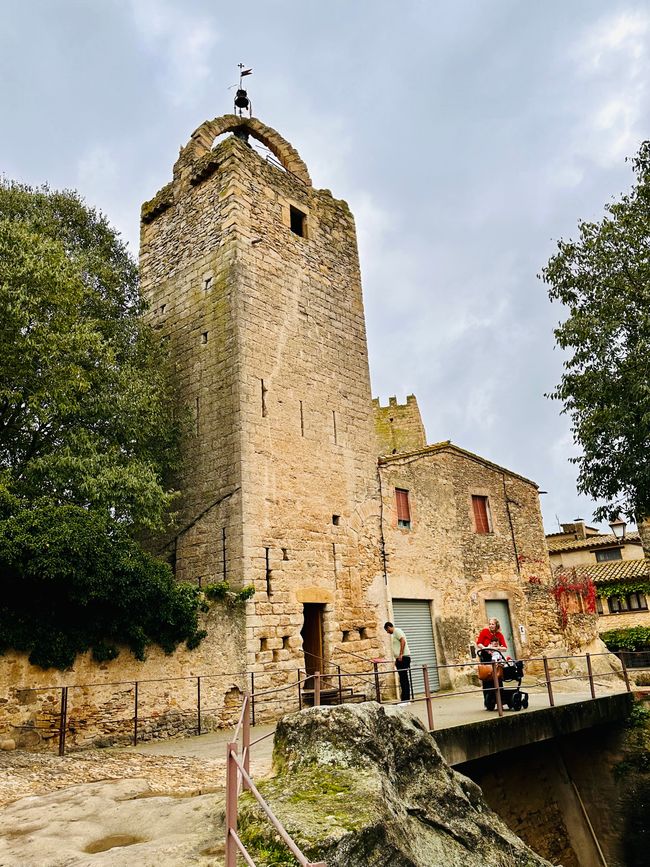
Interestingly, this clock, made at the beginning of the 20th century, originates from Morez, a small village in the French Jura region that has a long tradition of clockmaking. Specifically, it was built by L. Terraillon and J. Petitjean, two renowned craftsmen from the region, who joined forces in 1914.
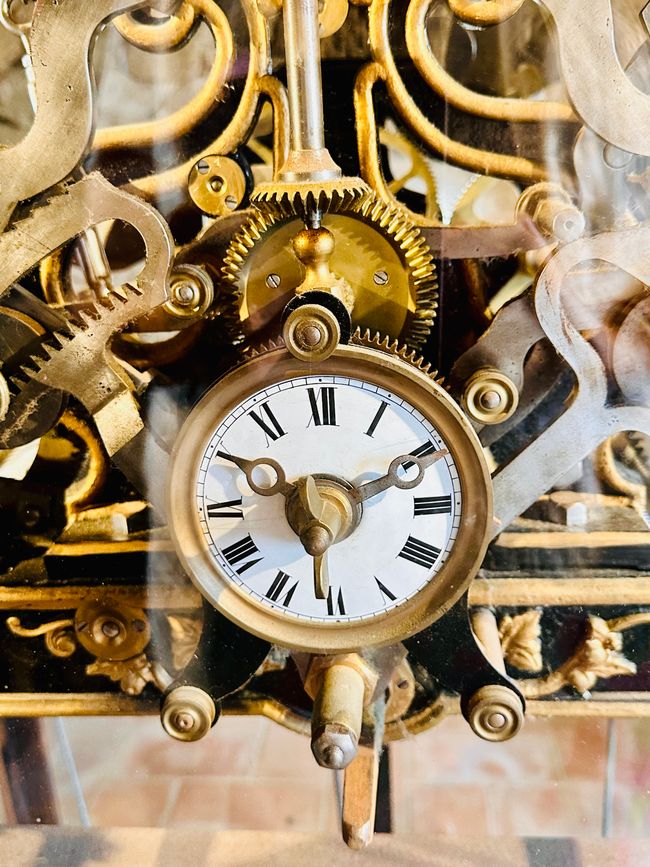
The clock mechanism has three movements or drives (hence the triangular arrangement), enabling the chime of the hours, the repetition of the hours, and the quarter hours with two bells (which are older and were reused).
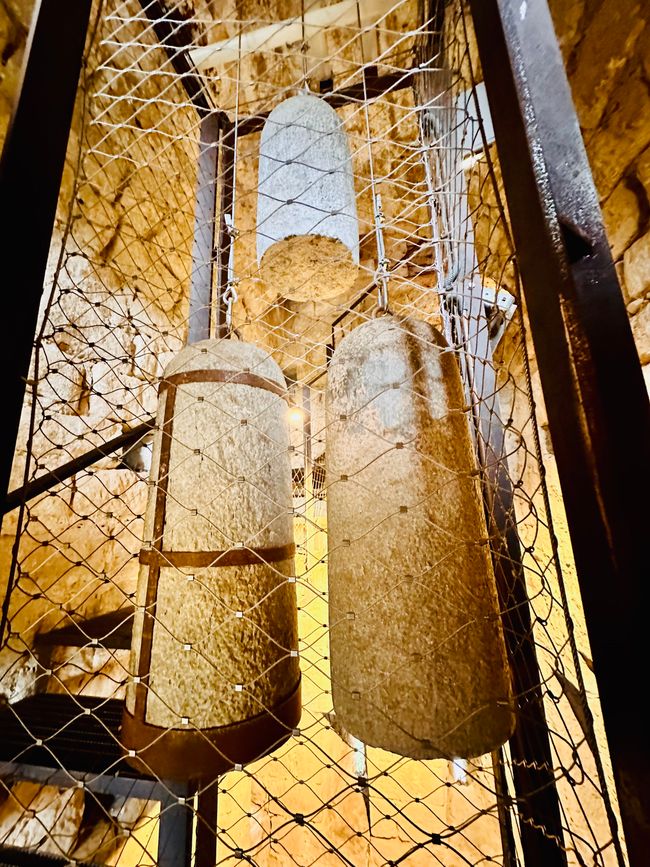
The large bell, which has a diameter of 67 centimeters and a height of 60 centimeters, dates from around 1800 and weighs about 180 kilos. The small bell, which has a diameter of 46 centimeters and a height of 40 centimeters, originates from 1798 and weighs about 55 kilograms. The first bell marks the hours, while the second marks the quarter hours.
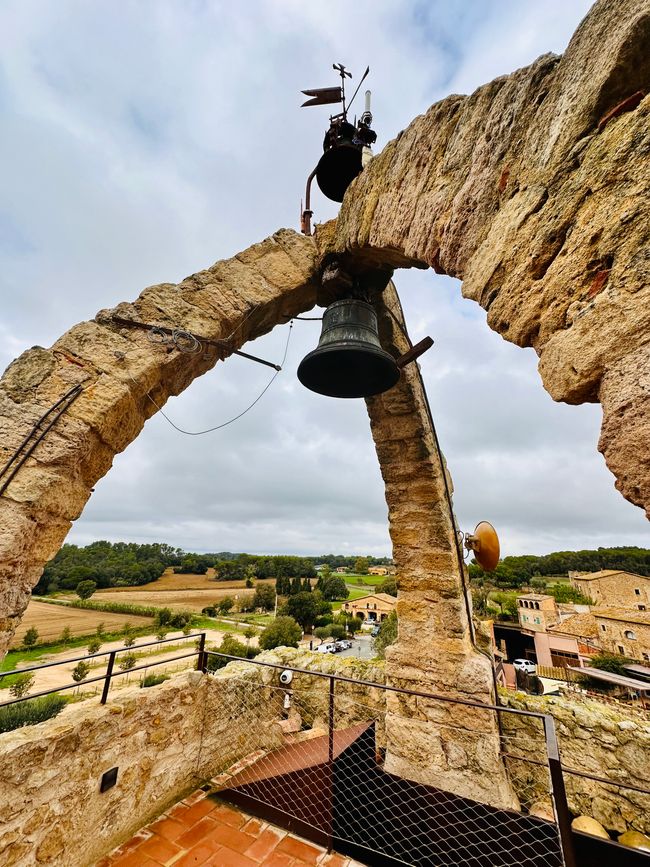
The clock has a one-week autonomy, and the winding of the weights that move the machinery is done by hand.
Plaça de l'Oli (Oil Square). The cultivation of olive trees and grapevines was very important for the farmers in Peratallada. This square contains the remains of one of the mills in the community, where oil was produced not only for local use but also for marketing. Olives have been grown and oil produced here since Roman times. The process was done using large presses and decanting basins. The system hasn’t changed much and has remained almost the same from the Middle Ages to modern times.

Next, we drove to La Bisbal d’Empordà, located 7 kilometers away.
La Bisbal d'Empordà is today one of the most active ceramic centers, known beyond the borders of Catalonia and is one of the most important centers of this craft in Spain. The significance of this activity is clearly reflected in the cityscape, characterized by the slender silhouettes of old industrial chimneys and a commercial district that specializes in marketing various ceramic products.
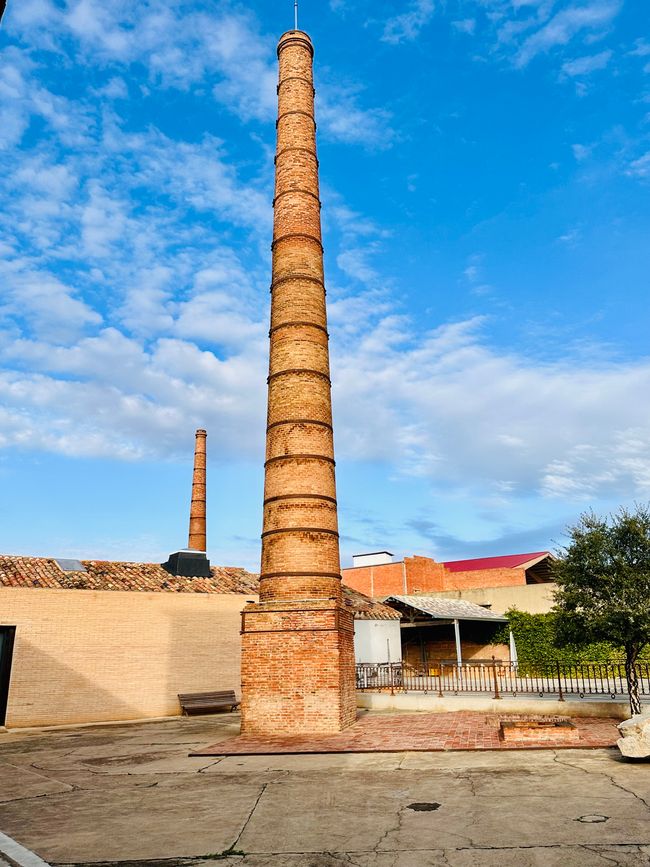
The first documents mentioning the craft of pottery in La Bisbal date back to 1502. For centuries, ceramics has been and remains one of the most important economic activities of the municipality.
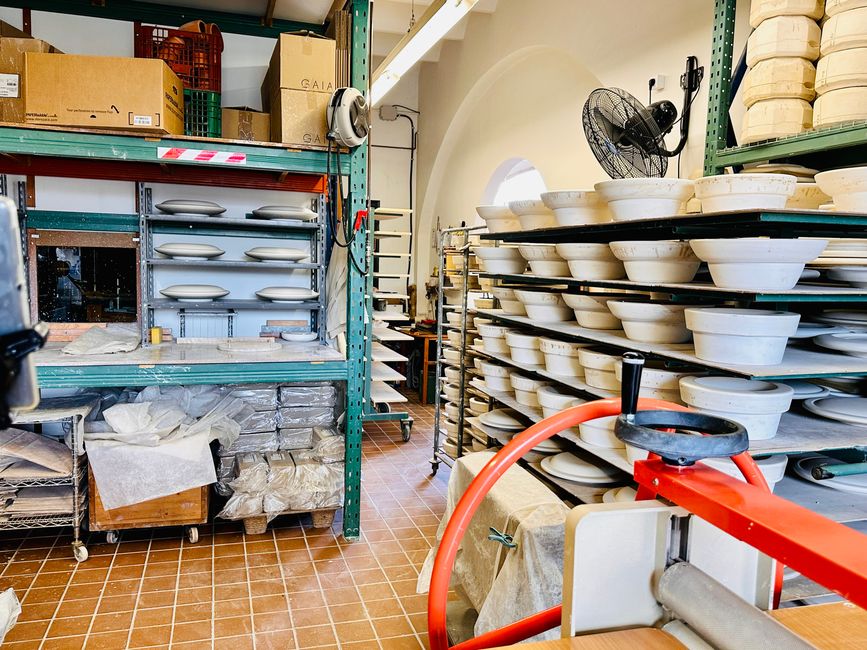
As artisans, creators, artists, or even alchemists, the potters of La Bisbal are often the last link in a family lineage devoted to working with clay for generations. Useful, artistic, experimental, artisanal, or industrial forms - the long ceramic history of La Bisbal encompasses all of it. Colorful patterns, especially in blue and yellow, as well as stylized floral and geometric motifs are typical.

There is even a ceramic museum, the Museu de la Terracota, showcasing the history and art of ceramic production.
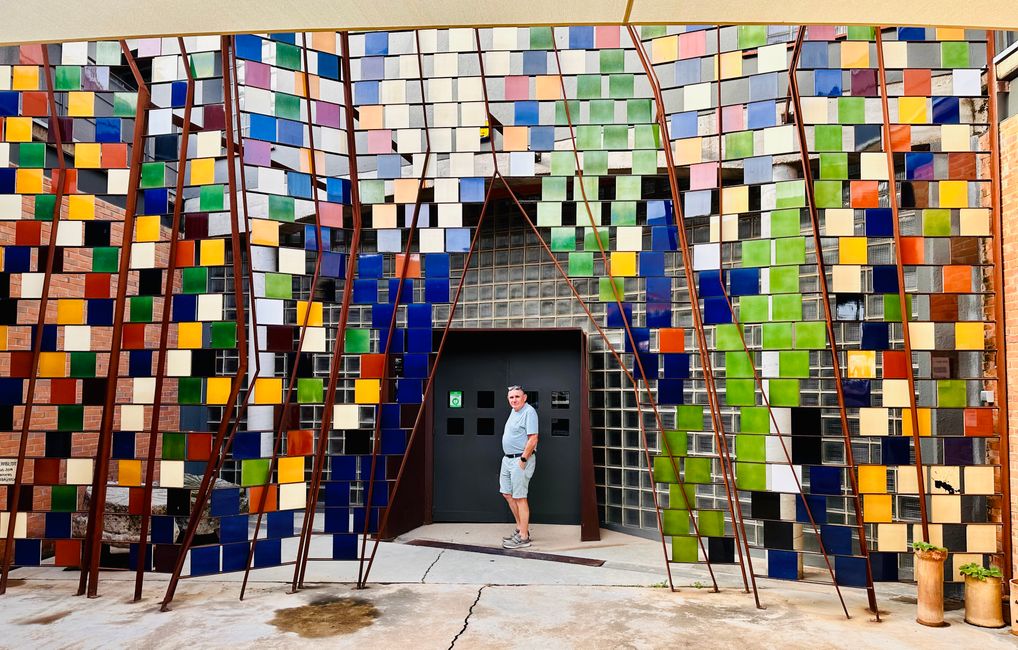
Today, the city of La Bisbal d'Empordà features an interesting old quarter with a rich architectural heritage that tells us about its past. The maze of streets and many old buildings clearly reveal the original almond-shaped structure of the town and the course of the old city walls that once protected it.
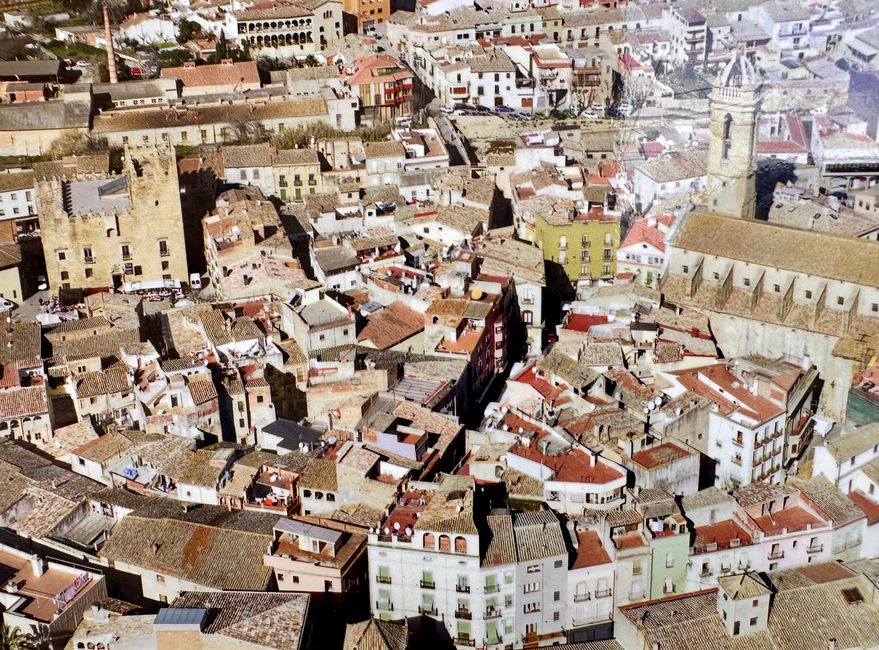
The most symbolic and significant building in the old town is the palace, a gem of Catalan Romanesque architecture. It was built by the bishops of Girona and consists of a ground floor, an upper floor, and a double tower constructed between the 15th and 16th centuries.
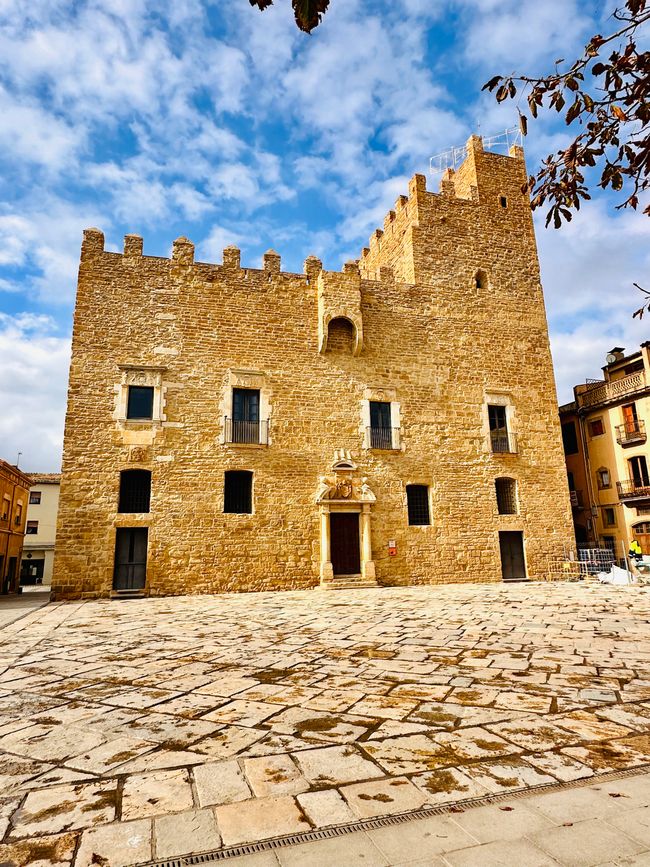
Other points of interest include Calle del Call (Jewish Quarter), a narrow, shady zigzag alley indicating a large Jewish community in the area; the church of Santa Maria (1701-1757), the baroque parish church of La Bisbal, which features a single nave and side chapels and is of monumental scale; the church of Nuestra Señora de la Pietà (1788), which hosts rich baroque paintings from the Cambril area along with a depiction of Nuestra Señora de la Pietà from the 12th century in Gothic and Renaissance style;
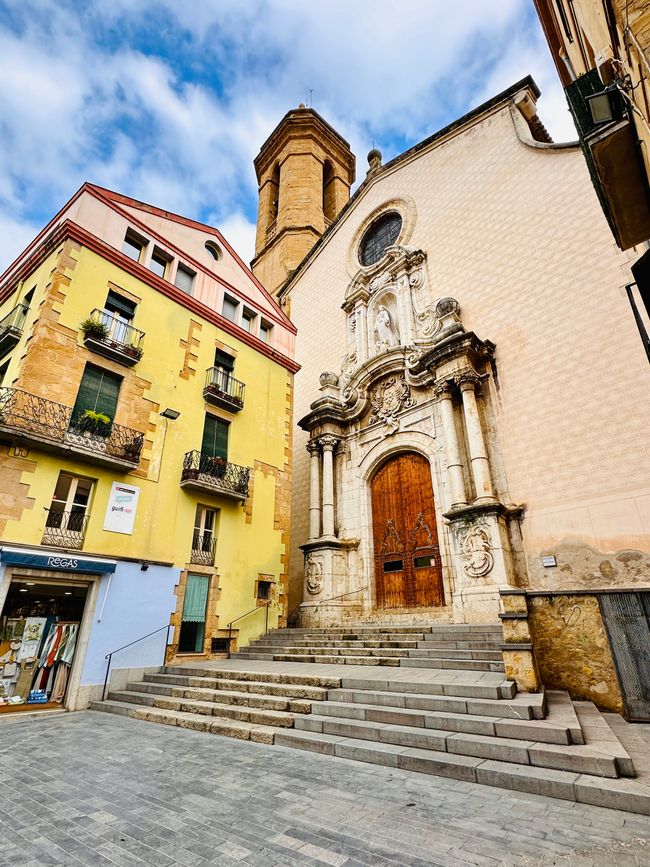
and finally, the Pont Vell (old bridge from 1606), the oldest of the five bridges across the Daró that allowed access to the medieval city wall on the way to Girona.
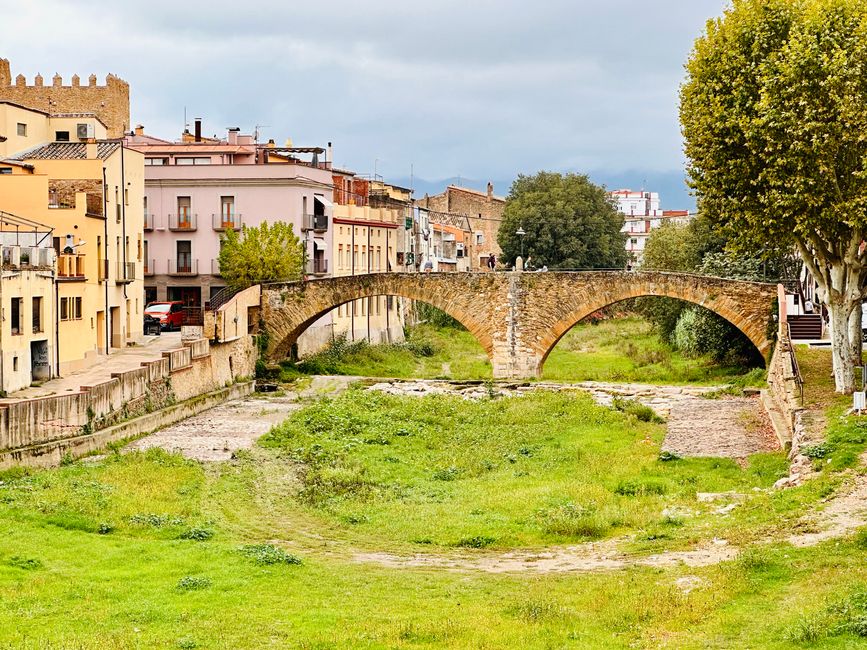
Les Voltes is a collection of houses with columned walkways forming a single block. Built in the 19th century, this ensemble is a characteristic element of the urban fabric of La Bisbal.
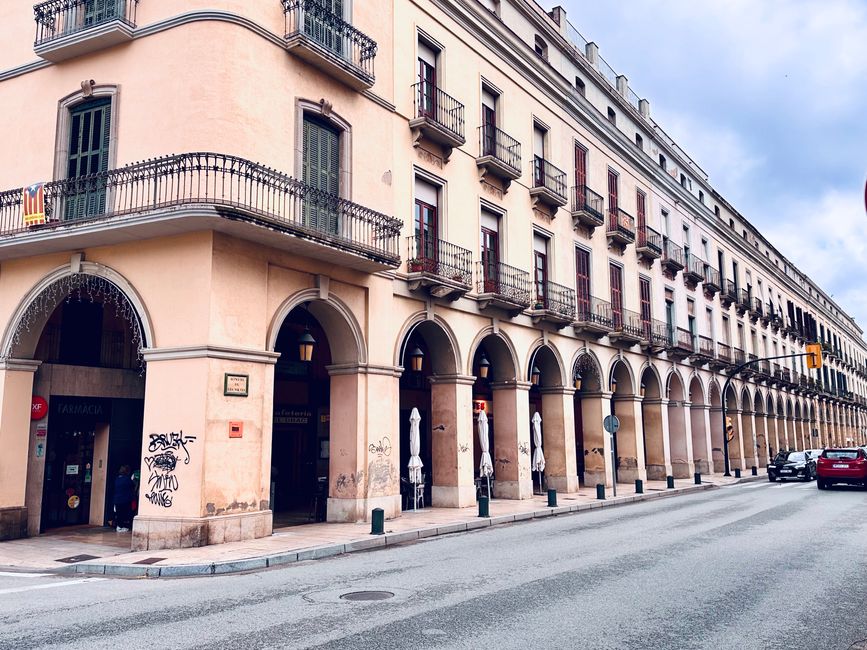
An interesting explanation about the river follows. The Daró is a river with a swift current that flows very irregularly. Today, we see nothing of the current; on the contrary, it is covered by grass.
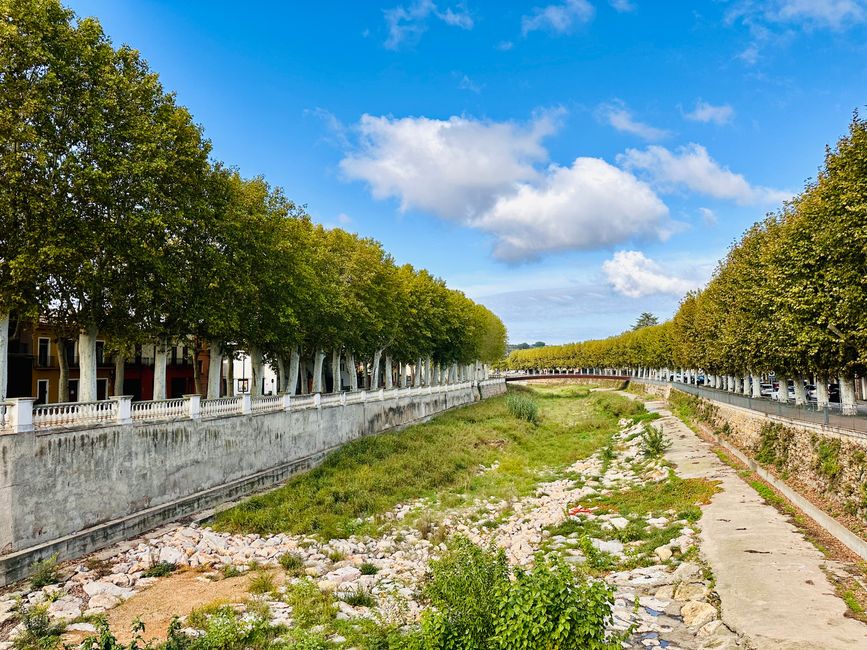
As today, the Daró is dry for most of the year, but during heavy rainfall, it can experience severe flooding. The river springs in the Gavarres massif on the western slope of Mont d'Arques and flows 23 km to La Bisbal. Today, the river is a tributary of the Ter, but in the past, it flowed into the former pond of Ullastret and the marshes of Pals.
The Daró travels 43 km through the Gavarres and the Empordà plain. Its passage through La Bisbal has influenced the city's development, prompting the construction of several bridges to cross the river. The Pont Nou (1853) offers a glimpse of the old town with the castle (10th and 11th centuries), the Pont Vell (1605), and the Gavarres massif.
The explanatory panels are in Catalan, Spanish, English, and often in French due to its proximity to France. I strive to translate them as accurately as possible here, which is not always easy. However, I hope it is comprehensible ;-) Hampi takes on the role of proofreader for corrections.
Once again, we have experienced a beautiful and educational day. The sun even made an appearance, and we got to witness a touch of sunset. We are looking forward to the weather tomorrow.
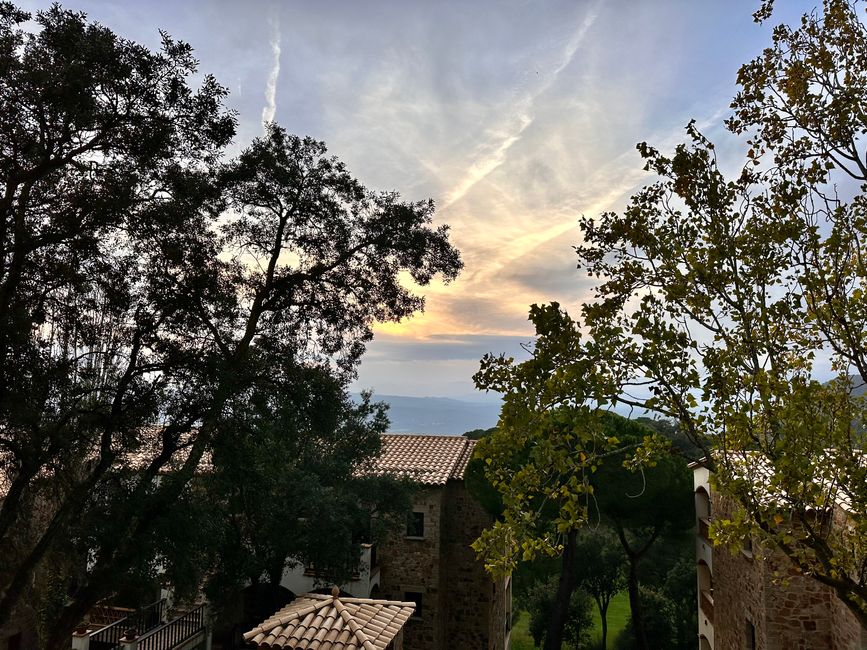
Axborot byulleteniga obuna bo'ling
Javob (3)
Peter
Danke für die tollen Beschreibungen Danke Peter, freue mich sehr wenn es gut ankommt 😊
Henning
An dieser Stelle ein besonderes Lob an unseren "Lektor" Hampi. Für mich ein Genuss die Bescheibungen in unserer schwierigen deutschen Sprache in so gestylter Form zu lesen.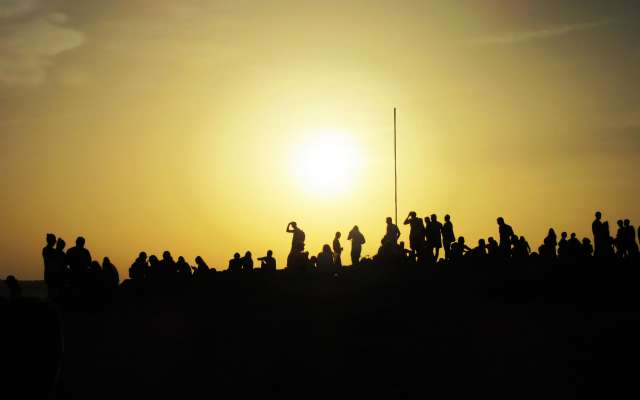
Sayohat hisobotlari Ispaniya
